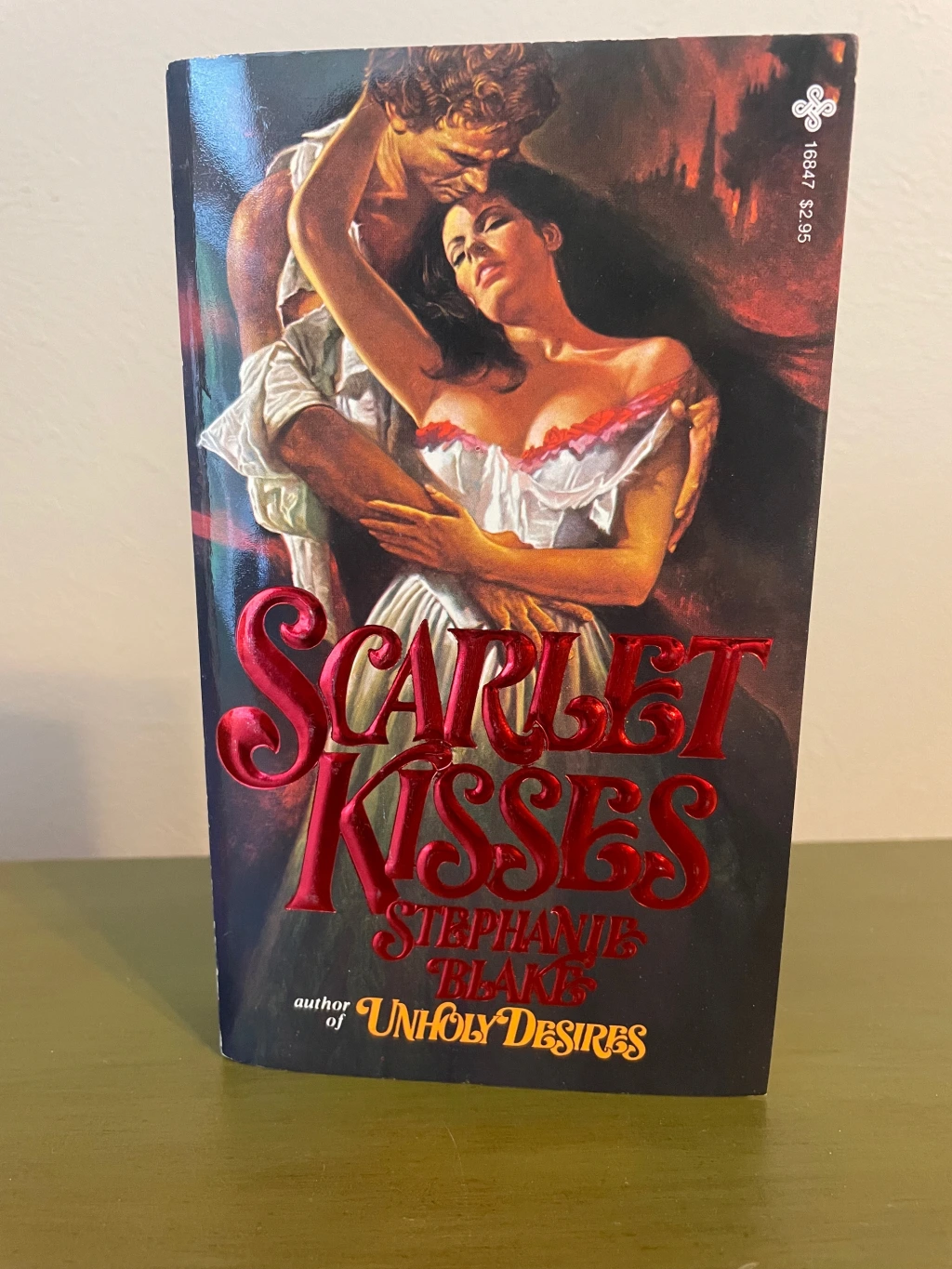A short time back, friend of the blog Katrina Jackson raised a question that comes up every once in a while- what’s the history of cishet men writing cishet romance?
It’s a good question, with no simple answer. Most of the cis men whose names I’ve come across use(d) female pseudonyms for their romance books, and historically, only a few have owned up to doing that work. Some have obfuscated this past work by crediting books to their female partners, and some have denied any attribution to them. And in many cases, we’ll never know because the records were sparse to begin with. The rise of self-pub and indie publishing has made this a less common practice today- you pretty easily find men writing historical and inspirational romance using either their own names or male pseudonyms. That definitely wasn’t always the case.
One of the reasons is that the world of paperback originals during the mid-20th century was a mercenary game. Big names aside, working authors- male or female- would write anything for anyone if they thought it would make them a buck, and acquired and shed pseudonyms the way some of us change socks. Sometimes this name-hopping was due to publisher contracts, and sometimes it was a way for the author to keep their distance from work that they may not have wanted to be linked to them. In the case of a publisher-enforced pseudonym, that pseudonym may have then been used by multiple authors over decades (Nancy Drew author “Carolyn Keene” being the most well-known example). All of this means that it can sometimes be nearly impossible to identify or verify who wrote what, so be sure to take everything in these posts with a grain of salt.
Quick side-note: In the world of romance, Harlequin was particularly notorious for its enforcement of pseudonyms. It wasn’t until the early 2000s that Harlequin authors were allowed to take their pseudonyms with them to work with other publishers.
To start this exploration (which I now realize is going to take multiple posts!), I want to start in the 70s, with one of the best-known male writers of romance, Tom Huff (1938-1990). Huff began his writing career in the late 1960s, adopting the pen names Edwina Marlow, Beatrice Parker, and Katherine St. Clair to write gothics for multiple publishers. He even put out two under the androgynous moniker T.E. Huff. But in 1976, as the historical romance boom begun by Kathleen Woodiwiss and Rosemary Rogers was well underway, Huff jumped from gothics to historicals hoping for success. And he found it. Adopting the name Jennifer Wilde, Huff published Love’s Tender Fury in 1976 for Warner Books and it sold like gangbusters. Reports were that it went through more than 40 printings in its first five years, and if the cover of this edition is to be believed, more than 2 1/2 million copies.

A second Jennifer Wilde book, Dare to Love, arrived in 1978, and spent 11 weeks on the NYT paperback bestsellers list. Jennifer Wilde was on a roll, but few knew her true identity.
And then in 1981, something rather rare happened. Huff had become friends with Romantic Times publisher Kathryn Falk, and in the second issue of her brand new periodical, he revealed himself to be Jennifer Wilde. While he told Rosemary Guiley in Love Lines that this had always been something of an open secret, this revelation could have been career suicide- what if women decided to stop reading his books because he could be seen as “inauthentic”? What if he were to now get pigeonholed as a romance writer, unable to get work writing anything else?
Instead of running from his association with romance fiction, Huff leaned into it. He made public appearances, and even took part in a 1981 article in Life Magazine about romance authors, with photographs by Mary Ellen Mark that truly have to be seen to be believed. He’d go on to publish six more books as Jennifer Wilde before his death in 1990, all of which sold well. For a time, he even wrote the “men’s column” for Romantic Times, and earned a Lifetime Achievement Award from the magazine in 1988.
Tom Huff had just turned 52 when he died of a heart attack on January 16, 1990. His works have been republished numerous times since his death, including a series of very confusingly attributed Open Road Media editions. This one for Marabelle, the only book he wrote under his full name, is listed as “Jennifer Wilde writing as Tom E. Huff”.
Huff’s revelation as a male author inspired several other to do the same. Next time, we’ll turn again to Rosemary Guiley’s 1983 book Love Lines to learn more. Stay tuned!
This post by Forth Worth history blogger Mike Nichols is a goldmine of biographical information about Tom, including pictures from his high school yearbook! Definitely take a look.







Leave a comment